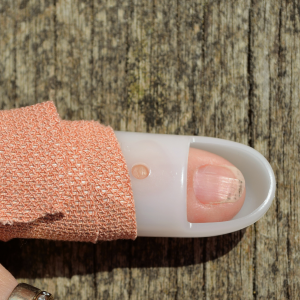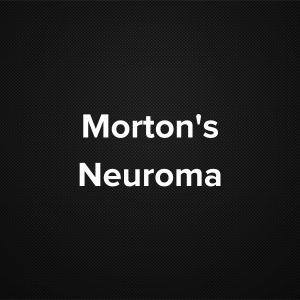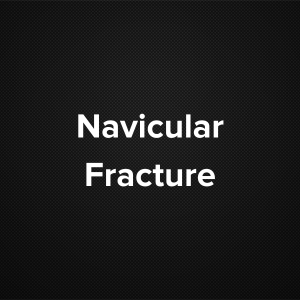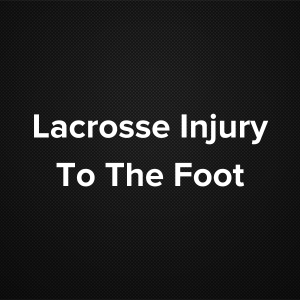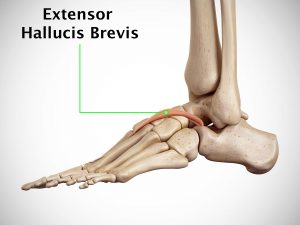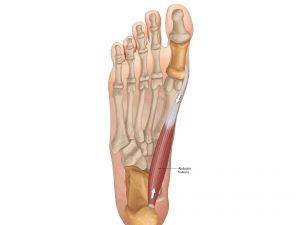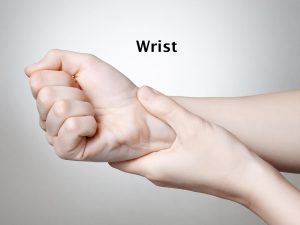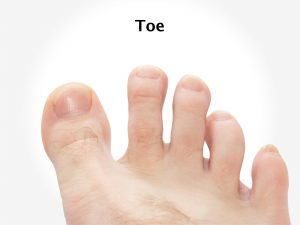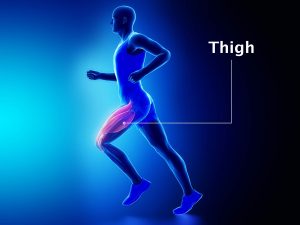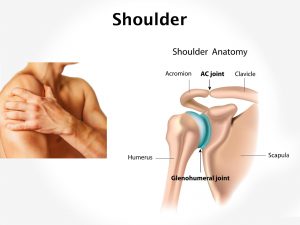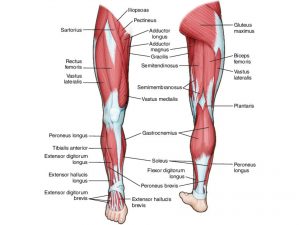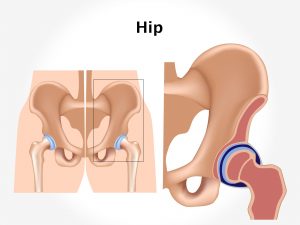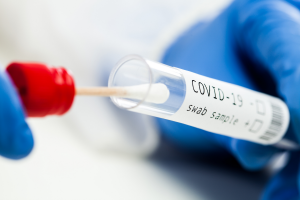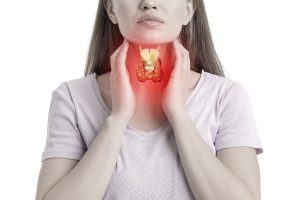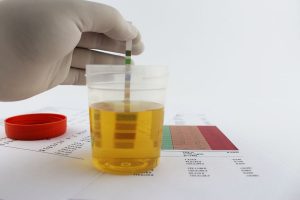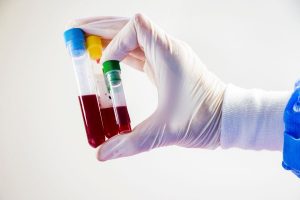Causes and risk factors
Osgood-Schlatter disease is an overuse injury caused due to weakness of cartilages in the joints or repeated stress to the tendon that holds the knee joint together. Sudden jerks or swift and sudden movements of the knee can also cause this condition.
The following risk factors make one more prone to developing this condition:
Age – pubertal age group since growth spurts take place during this period
Sex – Males are more prone to this condition than females because of their greater involvement in sports. However, this gap is now seen to be lessening.
Sports activities – Greater the involvement in sports and other physical activities, higher is the risk of developing this condition.
Clinical presentation
Pain in knee is the presenting symptom. The pain may vary from mild to severe and from occasional to persistent. It usually increases after indulging in physical activity and decreases on rest. Swelling and tenderness may be present at the kneecap. Tightness of muscles near the knee and thigh may be felt.
Diagnosis & Investigations
A medical history and a physical exam by your doctor are adequate to make a diagnosis of Osgood-Schlatter disease. Osgood-Schlatter disease must be differentiated from other conditions affecting the knee joint such as fractures, bursitis or osteochondritis.
You may be asked to undergo an X-ray examination of the knee joint to confirm the diagnosis and rule out other conditions.
Treatment
Patients are usually advised to cut off strenuous activities till complete recovery ensues. Patient must wear protective gear like kneecaps during sports activities. Physical therapy is useful to strengthen the muscles surrounding the knee.
Pain relieving drugs are prescribed during acute episodes of pain
Sometimes a painful bony overgrowth may develop below the knee joint which needs to be surgically excised.


